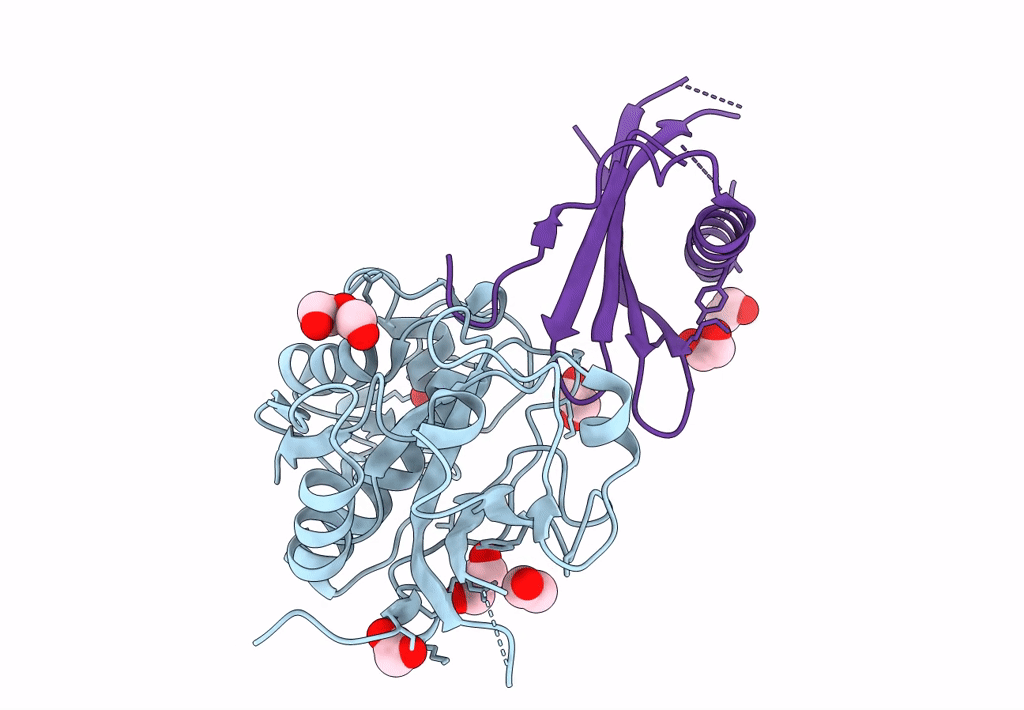
Deposition Date
2021-08-25
Release Date
2022-12-14
Last Version Date
2024-10-16
Entry Detail
PDB ID:
7PK4
Keywords:
Title:
Tick salivary cystatin Ricistatin in complex with cathepsin V
Biological Source:
Source Organism:
Homo sapiens (Taxon ID: 9606)
Ixodes ricinus (Taxon ID: 34613)
Ixodes ricinus (Taxon ID: 34613)
Host Organism:
Method Details:
Experimental Method:
Resolution:
1.92 Å
R-Value Free:
0.22
R-Value Work:
0.18
R-Value Observed:
0.18
Space Group:
C 1 2 1


